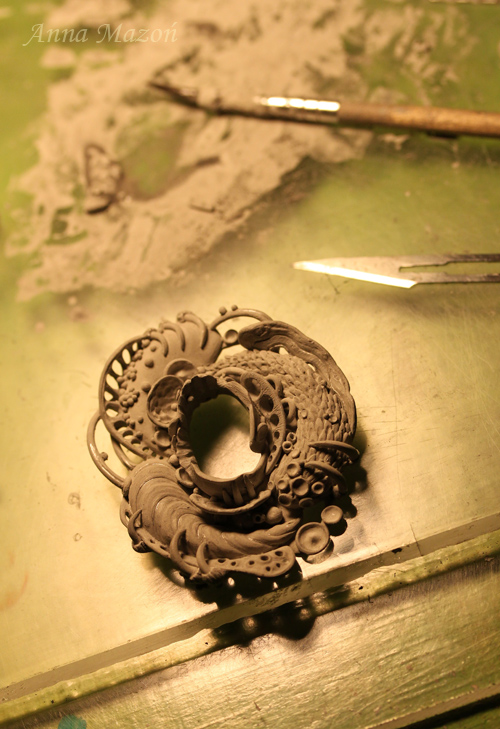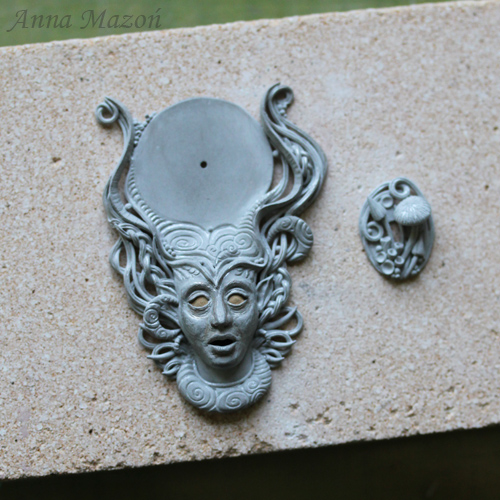 This time I will start my post by saying "Hello from USA" :-), specifically from New York. I got here yesterday, after the most fantastic metal clay conference - Metal Clay Mojo Retreat, which took place in Chester CT (photo by courtesy of Paddy Marcotte). I was teaching there two classes and making a few presentations (I will write about the whole conference experience later). But to make things even more interesting ;-) today I want to "come back" to my recent trip to Japan and write a little bit about my visit in Aida Chemical Industries - the producer of Art Clay Silver, Gold and Copper.
This time I will start my post by saying "Hello from USA" :-), specifically from New York. I got here yesterday, after the most fantastic metal clay conference - Metal Clay Mojo Retreat, which took place in Chester CT (photo by courtesy of Paddy Marcotte). I was teaching there two classes and making a few presentations (I will write about the whole conference experience later). But to make things even more interesting ;-) today I want to "come back" to my recent trip to Japan and write a little bit about my visit in Aida Chemical Industries - the producer of Art Clay Silver, Gold and Copper.
I went to Japan mostly for vacation, but at the end of our stay in this beautiful country I had an amazing opportunity to actually visit Art Clay Studio in Fuchū, Tokyo. I was invited to show my jewellery and talk about my work during a meeting with Japanese artists and instructors (you can find a blogpost in Japanese on Art Clay blog here - lots of nice photos :-) ). I also did a little demo showing my technique of working with coils.

I was so greateful for such a warm, wonderful welcome, interesting conversations, smiles and good energy. It was also very exciting to meet all the artists whose pieces I saw so many times, published in various publications, to learn about cultural differences and how they influence our designs. I wanted to say THANK YOU once again also for all these fantastic, unexpected gifts. They will be a beautiful reminder of that day.

After "Meet the artist" part of the day I went to see Aida Chemical Industries' refinery. Such an interesting place! I learnt about the process of reclaiming silver and gold from x-ray images, electronic circuit boards and dental gold&silver scrap.
I also played a little bit with 20 kg silver ingot (which basically I couldn't lift in any way, so my great guides found a smaller one for me to pose with ;-) ). In the photo you can see yet another ingot - gold one (oh, that shine! :-) ). Then, if you are able to take your eyes away from the shiny stuff, you might notice that in this photo there are also two people ;-). Me and fantastic Daisuke Minagawa.
I would like to thank him once more for taking care of me during my visit in Aida and Art Clay studio, organising everything, and being such a warm, welcoming person. I also want to say thank you to Mark Atkinson for all his help during our stay in Japan!
And this is one of my favourite photos I took during our trip to Japan. Hopefully, when I come back to Poland, to my own little studio, I will have time to work on some new pieces inspired by our trip. We saw so many different, amazing things. I already know that I want to come back there one day. Those 2-3 weeks was definitely not enough time to see and appreciate everything...

























































